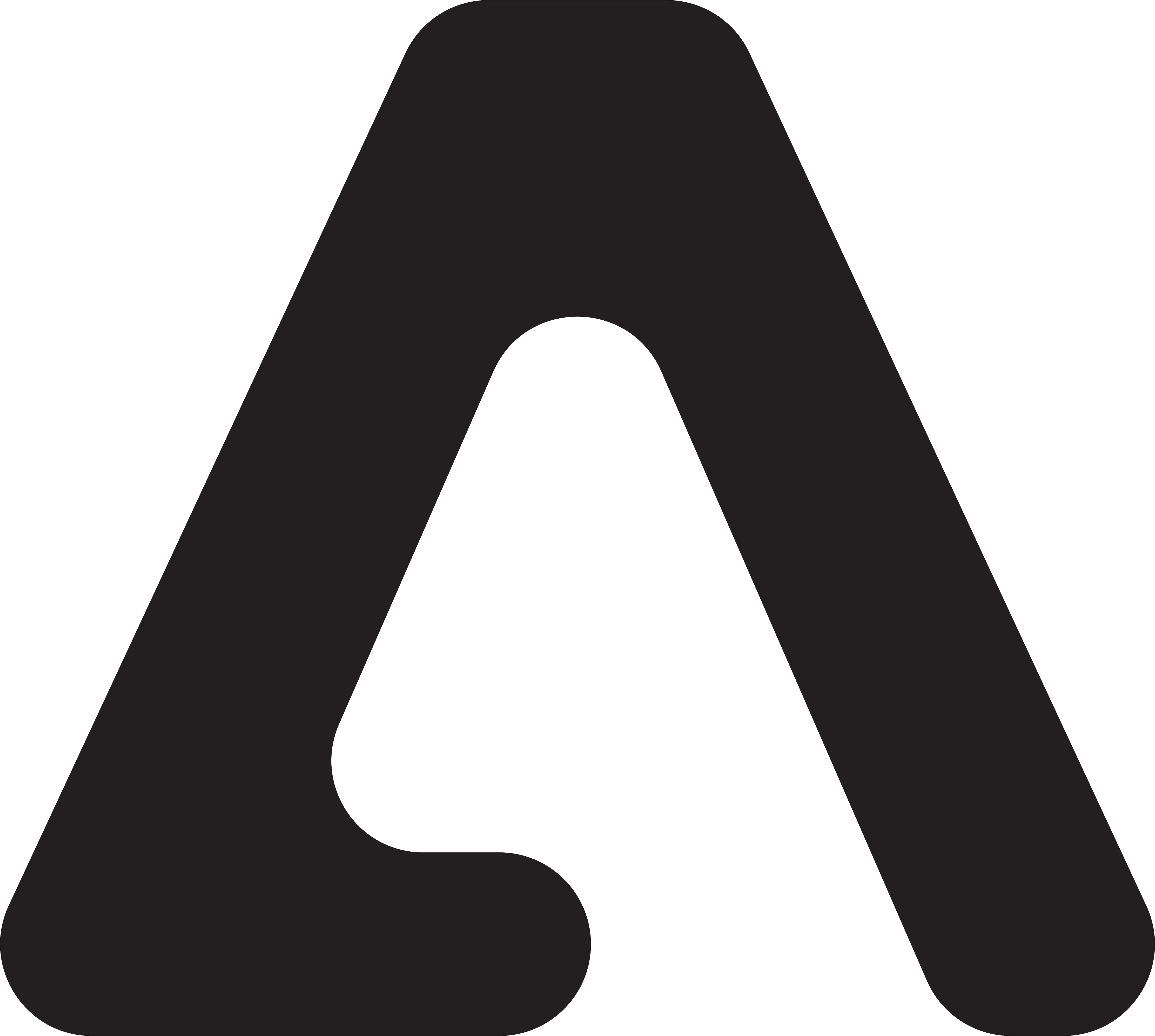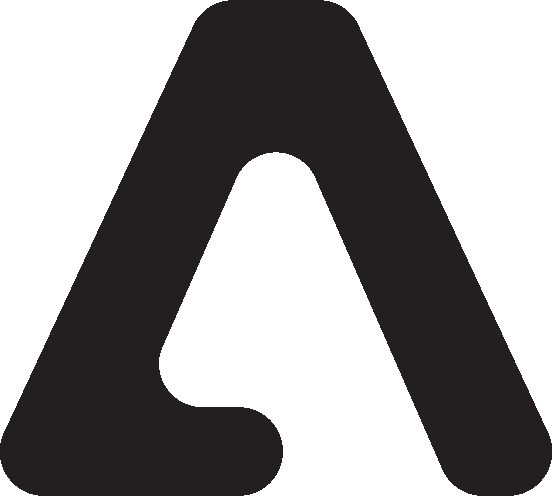The New Standard for Website Performance
A website is no longer just a digital brochure—it’s the hub of your marketing strategy. In today’s competitive landscape, it’s not enough to have a beautiful website. It must be designed to load quickly, engage visitors, and rank well in search engines. Great web design isn’t separate from SEO—it’s what enables it.
The Intersection of Design and SEO
1. Mobile-First, User-Centric Design
In 2025, Google continues to prioritize mobile-first indexing. This means:
Your site must be responsive across all devices.
Design elements should adjust gracefully (text size, images, buttons).
Navigation must remain intuitive—even on a 5-inch screen.
2. Core Web Vitals
Google uses metrics like loading speed, interactivity, and visual stability to evaluate user experience. To perform well:
Compress and lazy-load images.
Limit unnecessary JavaScript and third-party scripts.
Host videos externally (YouTube, Vimeo) and embed responsibly.
3. Clear Information Architecture
A well-structured website helps both users and search engines understand your content:
Use H1–H3 headers with clear keywords.
Include breadcrumb navigation and a logical page hierarchy.
Create dedicated landing pages for each core service.

Landing Page Optimization: The Conversion Engine
Landing pages are the bridge between traffic and conversion. A strong landing page:
Focuses on one action (e.g., book a call, fill out a form).
Uses trust indicators like testimonials, client logos, and case studies.
Matches ad copy or keyword intent to prevent bounce.
Pro Tip: Use heatmaps or tools like Hotjar to monitor where users click, scroll, or drop off.
SEO Best Practices for 2025
On-Page SEO:
Include relevant keywords in your headings, meta tags, and image alt text—without stuffing.Internal Linking:
Interlink blog posts, service pages, and case studies to increase session time and crawl depth.Technical SEO:
Set up an SSL certificate, fix broken links, and submit your sitemap to Google Search Console.Local SEO:
Optimize your website for location-based searches (e.g., “web design Toronto”) with schema markup and Google Business integration.

Mistakes to Avoid
Using heavy themes or templates that slow down your load time.
Ignoring SEO in favor of flashy animations or visuals.
Skipping mobile testing and assuming it “just works.”
Using duplicate meta descriptions or poorly written title tags.
Key Takeaways
Modern web design must balance form and function—what looks good must also perform well.
SEO and design are not separate disciplines—they are complementary forces that determine visibility and conversions.
Landing pages should be tailored to specific campaigns, keywords, or user journeys, with a focus on speed, clarity, and ease of action.



